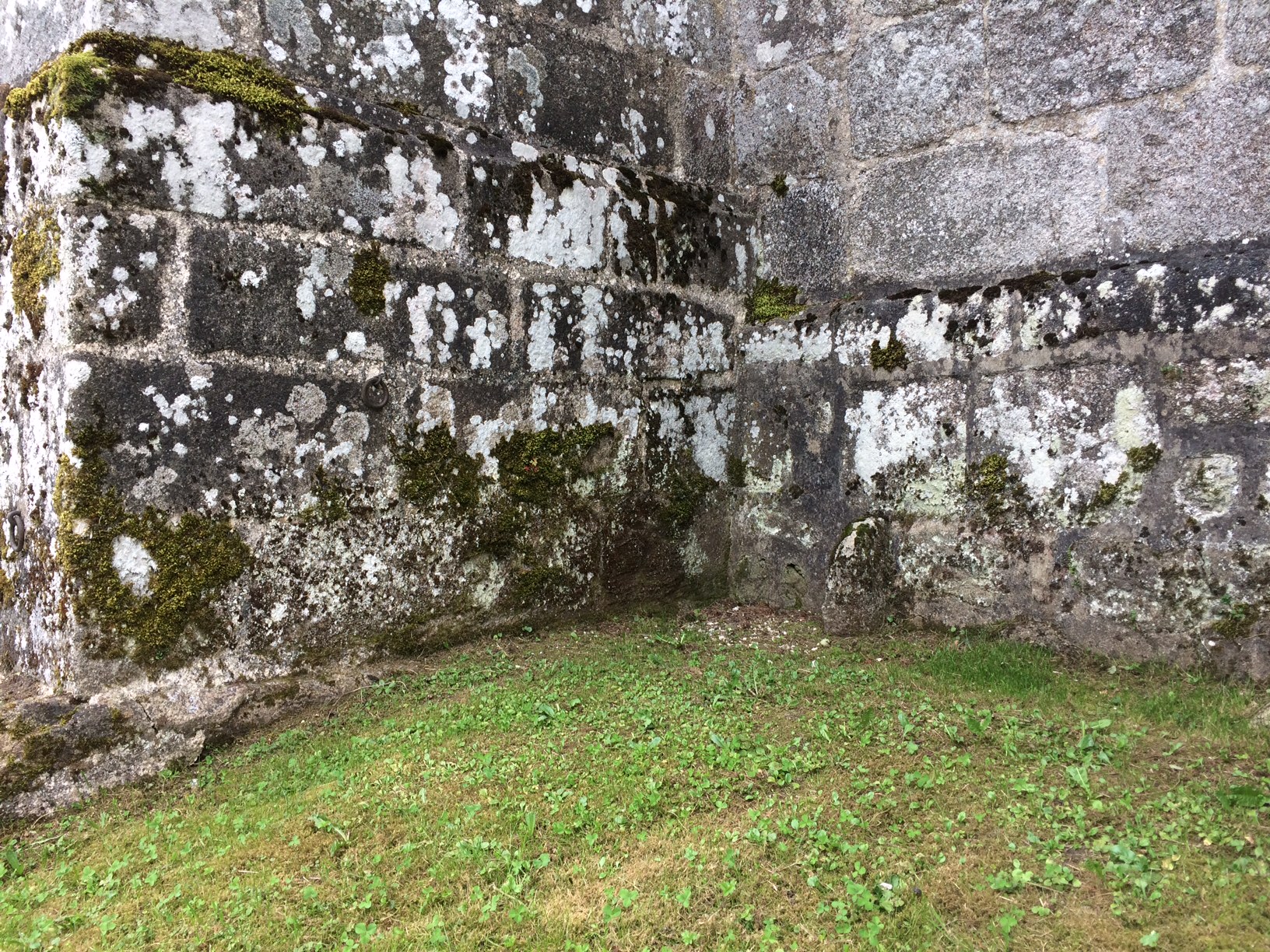 Philippe Barbe
Philippe Barbe

|
Of stone walls and concrete wallsby Philippe Barbe
01 Sep 2021
|
The wall is 900 years old.
The stones set in mortar, keep on their unexposed faces traces of the hands that touched them around 1150.
Next to this really old building, a house, more recent, maybe from the 19th century, its stones fairly well cut making a more even wall, bears witness to how human ingenuity improved stone cutting and masonry over the preceding 800 years.
Less than 100 years later, tall city buildings constructed with reinforced concrete, covered by reflective glass windows… all identical, indistinguishable, perfect… assert rapid progress in engineering, construction materials and techniques.
In 2000 I watched a building rising across the street from my apartment. Every 3 days, a small crew of about 20 would complete a floor in a neatly choreographed sequence of tasks: placing the forms, pouring the walls, placing the support for the next floor, pouring the floor. The efficiency and predictability defied imagination, and only a particularly cold and snowy day that made pouring concrete hazardous could stop the construction.
Unlike stones that are individually unique, concrete comes as liquid, fungible, creating surfaces where no element can be distinguished. Also unlike stones placed by a mason, no one in particular set the concrete. A crew did it.
As woodworkers know, the difference between old tools and modern tools is in the relation of the tool with the material: old tools go through the material, while the material goes through the new tools. The saw exemplifies this: a hand saw cuts through the wood, while wood is fed through a table saw. Concrete, by being poured in the forms, goes though the tool. In contrast, a trowel takes the mortar and lays it to connect the stones.
Where the mason looks for the right stone, one at a time, the stone that will fit well and look good, the building crew opens a valve from the concrete mixer and the liquid stone fills the space where it will set.
What is the intent?
The mason is an artisan in charge of the conception and the execution of the building of the wall. Taking a stone to add to the wall, the intent is to find the right stone that fits well in that specific space. Fitting that stone with mortar, the intent is to build the wall. Building the wall, the intent is to build the house. Building the house, the mason’s intent is to find reward, financial and moral, in creating a lasting piece for the enjoyment of its occupants.
All such individuality has been lost in the building of a concrete wall which making has become an abstraction, composed of perfectly reproducible sequences which ensure consistency of execution and reproducibility.
The profound sense of ownership of the work and the connection with those who will inhabit the home is what distinguishes the artisan from other workers.
While the building crew is gratified by having built 40 floors in 2 buildings with 320 apartments in a year, the thousand people who will inhabit these buildings are an abstraction which will materialize later. Such a pace and scale of building allows the vast majority of people to have shelter.
I like cities for what they say about humans. There is a great efficiency in well-organized cities.
Buildings signal our own ambition but cities are seldom built on purpose. They arise because some geographic feature, typically a river, makes the surroundings hospitable. Then they get organized as they grow.
Tall glass buildings look the same all over the planet. An original tower is yet another original tower, and the “tallest” soon loses its title, while the oldest is demolished. Their universality is where their aesthetic is, perfect assemblies of slick glass, rising to impressive heights in a perfect verticality.
Cities are an ode to our gregariousness, yet the separation by a wall, the ride through the elevator are enough to barely say hello.
I like rural areas for a different thing they say about humans. There is a great human connection in the countryside.
The road that separates houses invites us to talk across it to comment about the weather or the harvest.
Buildings raise out of necessity, a home, a shed, a hangar. Rural areas themselves arise out of necessity: we need to eat and therefore to grow food.
An original house is the house that we saw on a specific location and associated to a specific day in our life. The aesthetic is in the individual appearance, the variations that shows that it is man-made, a scale that can be grasped by a person.
It is not that one is better than the other. They simply serve different functions and function differently.
Some people want to live in cities, others prefer the country side, and others are fine everywhere.
The changes in the way we construct our walls is emblematic of the changes in the way we work at large.
Which product has not gone through standardization, technical evolution?
Which partitioning of the work has not made it more efficient, more perfect, less human, yet serving a larger share of mankind?
Beyond appreciating the different types of walls, considering how and why walls are built gives us a way to look at ourselves, what we do, how we do it, measure what we accomplish, build, create… what we have lost… and reflect on what we want to do, how we want to do it, and with what purpose.